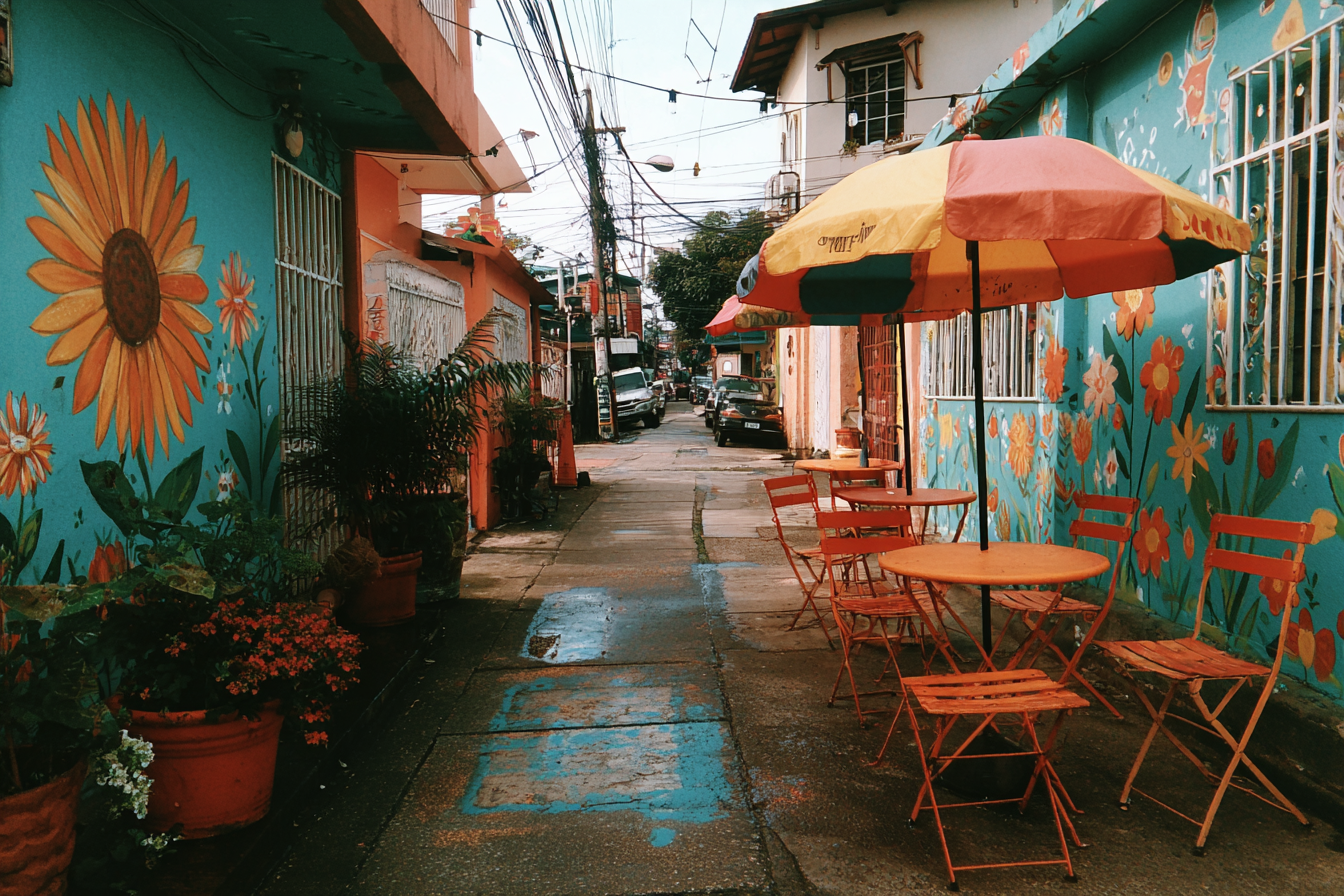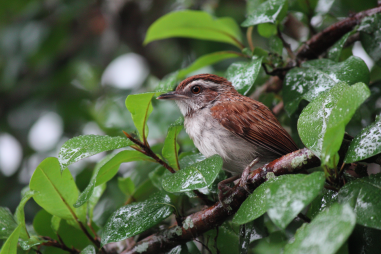Manila, the bustling capital of the Philippines, is often recognized for its iconic landmarks like Intramuros, Rizal Park, and the Mall of Asia. However, beneath its well-trodden tourist paths lies a treasure trove of hidden gems that showcase the city’s rich culture, vibrant creativity, and serene beauty. For travelers and locals alike, exploring these off-the-beaten-path attractions offers a refreshing perspective, revealing Manila’s soul beyond the crowds and clichés. If you’re ready to discover neighborhoods with authentic character, cozy secret cafes, and quiet escapes, this guide will lead you through the less explored but equally captivating corners of Manila.
What Qualifies as a Hidden Gem in Manila
When we talk about hidden gems, we usually mean places or experiences that are not widely known or heavily commercialized yet hold significant cultural, aesthetic, or experiential value. In Manila, hidden gems can be tucked-away neighborhoods rich in history, cozy cafes that serve unique local brews, indie art galleries showcasing emerging Filipino artists, or tranquil parks that offer respite from the city’s hustle. These places often embody authenticity and provide intimate experiences that mainstream attractions cannot offer. The key is to find spots that locals cherish—places that tell personal stories and capture the spirit of Manila’s diverse communities.
Neighborhoods with Unique Cultural Appeal
Exploring lesser-known neighborhoods in Manila is a great way to immerse yourself in authentic local life. Take, for instance, the district of Bao-Bao in Quezon City. It’s a vibrant residential area dotted with colorful street art, family-run eateries, and grassroots community projects that highlight Filipino creativity and resilience. The walls here are canvases depicting local legends and everyday stories, giving visitors a glimpse into the heart of Filipino culture.
Another fascinating area is Tondo, one of Manila’s oldest districts. Often overlooked due to its reputation, Tondo offers rich historical layers if explored mindfully. It’s home to ages-old markets selling indigenous goods and local snacks. Wandering through its narrow streets, you encounter a mix of colonial architecture and modern street life, a living museum of Manila’s socio-cultural evolution.
For those wanting a bohemian vibe, Escolta is a rejuvenating stop. Once Manila’s premier shopping street, Escolta has been undergoing creative revival, attracting indie shops, art studios, and pop-up cafes. It’s a perfect spot to witness how history and modern entrepreneurial spirit blend seamlessly.
Secret Cafes, Local Art Spots, and Indie Stores
Manila’s coffee culture is booming, and tucked away in various corners are secret cafes where baristas craft more than just a cup of joe—they serve an experience. Kurimanzutto in Rockwell is not only an art gallery but also a space where you can enjoy well-brewed coffee surrounded by contemporary masterpieces. Similarly, in Poblacion, Makati, tucked-down alleys reveal quaint cafes like The Curator and Violet Cakes, where the ambiance is as delicious as the menu, perfect to unwind after a long day of sightseeing.
These cafés often double as indie store fronts selling handmade crafts, one-of-a-kind fashion pieces, or locally designed souvenirs. You’ll find small, family-run bookstores, vinyl record shops, and even spots featuring Filipino designers who emphasize sustainable and ethical fashion. Such places are great for picking up authentic gifts and supporting local entrepreneurs.
Small Museums and Galleries Off the Beaten Path
While the National Museum often tops sightseers’ lists, Manila shelters numerous smaller museums and galleries that delve into niche aspects of Filipino heritage and contemporary art. The Silverlens Galleries, for instance, is dedicated to showcasing avant-garde Filipino artists who challenge traditional expressions. Visitors here enjoy a quieter, more intimate viewing experience.
Another remarkable spot is the Casa Manila Museum in Intramuros, which is sometimes overshadowed by larger museums. It offers a glimpse into Spanish colonial life with its preserved architecture and period interiors, away from the usual crowds. Nearby, the Metropolitan Museum of Manila boasts a dynamic collection of modern art, often featuring experimental exhibitions worth seeking out.
For a unique cultural detour, the Yuchengco Museum provides exhibitions that blend art, business history, and Filipino identity, offering layers of meaning that resonate differently with each visitor.
Hidden Parks and Quiet Escapes
In a metropolis notorious for traffic and urban density, the discovery of green, quiet spaces can feel like stumbling upon an oasis. Manila offers several lesser-known parks where you can relax, read, or simply observe city life from a calm vantage point. The Paco Park, once a cemetery, is now a beautiful landscaped garden surrounded by thick stone walls, perfect for peaceful strolls and even occasional open-air concerts.
The La Mesa Eco Park in Quezon City is a bit further out but well worth the trip. It’s a sprawling nature reserve with trails, picnic areas, and educational programs focused on environmental sustainability. For bird watchers and nature lovers, it’s an ideal escape.
Closer to the Manila Bay area, the Sunset Boulevard Gardens offers tranquil views without the crowds often found at Baywalk. Here, you can enjoy the sunset with fewer distractions, making it a perfect end to a day of urban exploration.
Tips for Exploring Safely and Respectfully
When venturing into Manila’s hidden gems, safety and respect for local communities are paramount. Here are some practical tips to keep in mind:
- Research ahead: Understand the area you plan to visit. Some neighborhoods may have limited tourist infrastructure, so knowing transport options and local customs is vital.
- Dress appropriately: Some neighborhoods or religious sites may require modest attire. Always observe local norms to show respect.
- Engage with locals respectfully: Don’t just view these places as photo opportunities. Take time to chat with residents or shop owners. They’re often enthusiastic about sharing their stories.
- Secure your belongings: Like in any big city, keep your valuables safe, avoid displaying expensive items, and stay aware of your surroundings.
- Support local businesses: Buy souvenirs or food from small vendors instead of large chains to help sustain the community’s economy.
- Follow environmental best practices: Dispose of your trash responsibly and respect natural spaces to preserve them for future visitors.
With these simple guidelines, your journey through Manila’s hidden gems can be enriching, safe, and respectful to the vibrant communities that make these places special.
Embracing a New Perspective on Manila
Exploring Manila beyond its popular tourist circuit opens up a world filled with discovery and genuine connections. From the rich cultural tapestry of its neighborhoods to the quiet charm of its secret cafes and the thought-provoking works in its small galleries, Manila’s hidden gems offer a mosaic of experiences waiting to be uncovered. Whether you’re a first-time visitor or a seasoned local, these off-the-beaten-path attractions encourage deeper appreciation and understanding of the city’s heartbeat. Step away from the usual routes, embrace the unexpected, and enjoy a fresh, intimate encounter with the spirited capital of the Philippines.







